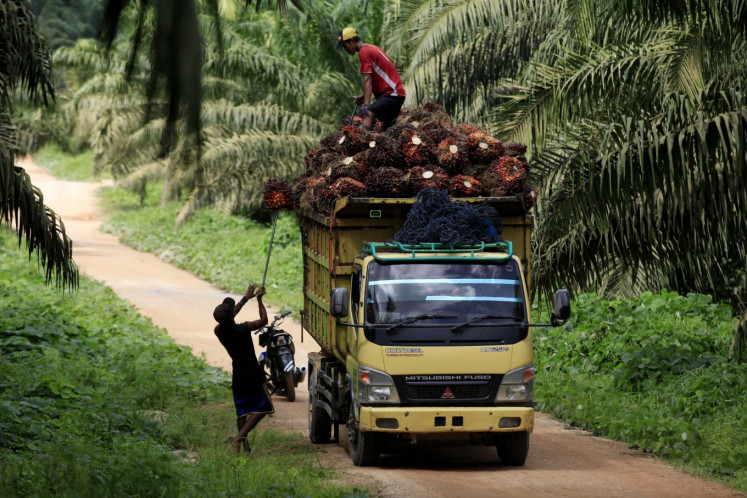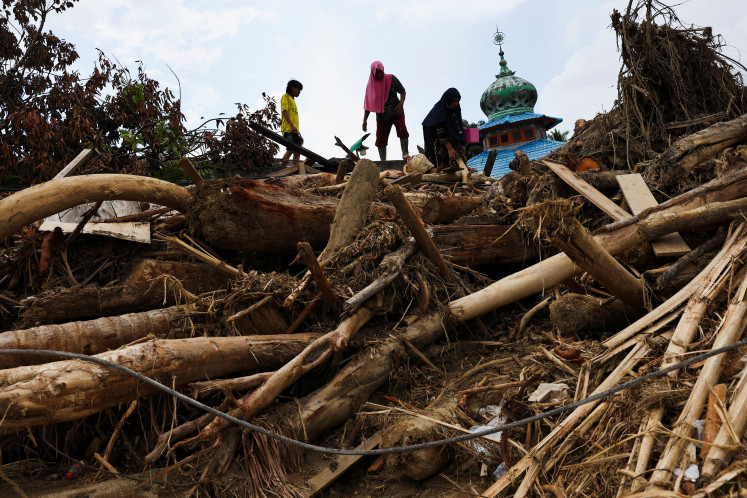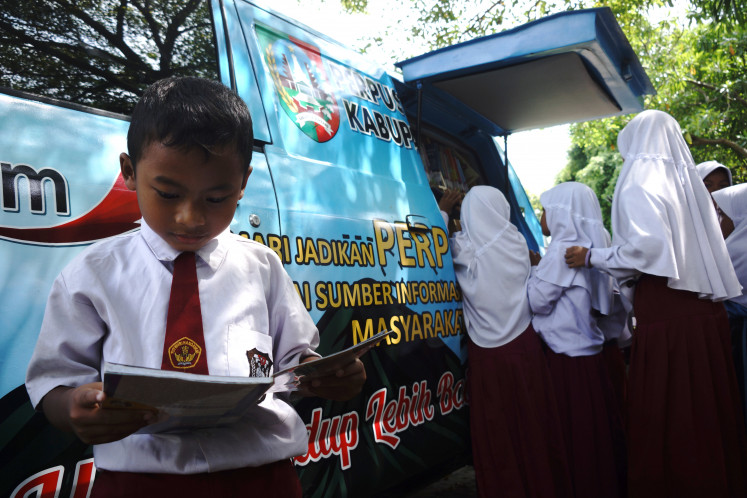Popular Reads
Top Results
Can't find what you're looking for?
View all search resultsPopular Reads
Top Results
Can't find what you're looking for?
View all search resultsWHO calls for coordinated action to save mothers, children
Three world agencies â the World Health Organization (WHO), the United Nations Childrenâs Emergency Fund (UNICEF) and the United Nations Population Fund (UNFPA) â call upon countries in Southeast Asia to ensure the survival of and improved quality of life for every woman, newborn and child
Change text size
Gift Premium Articles
to Anyone
T
hree world agencies ' the World Health Organization (WHO), the United Nations Children's Emergency Fund (UNICEF) and the United Nations Population Fund (UNFPA) ' call upon countries in Southeast Asia to ensure the survival of and improved quality of life for every woman, newborn and child.
As many as 76,000 mothers died as a result of pregnancy and childbirth in WHO's Southeast Asia Region in 2012, they say in a joint statement in Kathmandu today.
The Region lost an estimated 1.8 million children under five years old and there were about 1 million newborn deaths in 2012.
'In an ideal world not even a single mother, newborn or child would die due to a preventable cause,' WHO Regional Director for Southeast Asia Poonam Khetrapal Singh said in a statement made available to The Jakarta Post on Tuesday.
She said several challenges, including low public investments in health, high out-of-pocket expenses, inadequate number and distribution of health workers with necessary skills, had affected progress in maternal and child health.
'We are losing children and new mothers at unacceptable rates and issues, such as gender imbalance, early marriage and adolescent pregnancy, suboptimal birth spacing, inadequate water and sanitation facilities, are contributing to these deaths,' said Khetrapal Singh.
Under-five mortality declined from 118 per 1,000 live births in 1990 to 50 per 1,000 live births in 2012 in the WHO South-East Asia Region. Reduction in the maternal mortality rate (MMR) from 590 per 100,000 live births in 1990 to 200 per 100,000 live births in 2010 is one of the most significant achievements over the past decade in the Region, according to World Health Statistics 2013.
Even in countries that have achieved Millennium Development Goal (MDG) targets, such Bangladesh for child mortality reduction and Nepal for maternal mortality reduction, there are subpopulations or geographic areas that have higher mortality rates than the national average.
'A coordinated approach and accountability among national governments and partners in health and other sectors are the key to saving the lives of mothers and children in the Region,' said Khetrapal Singh. (ebf)










